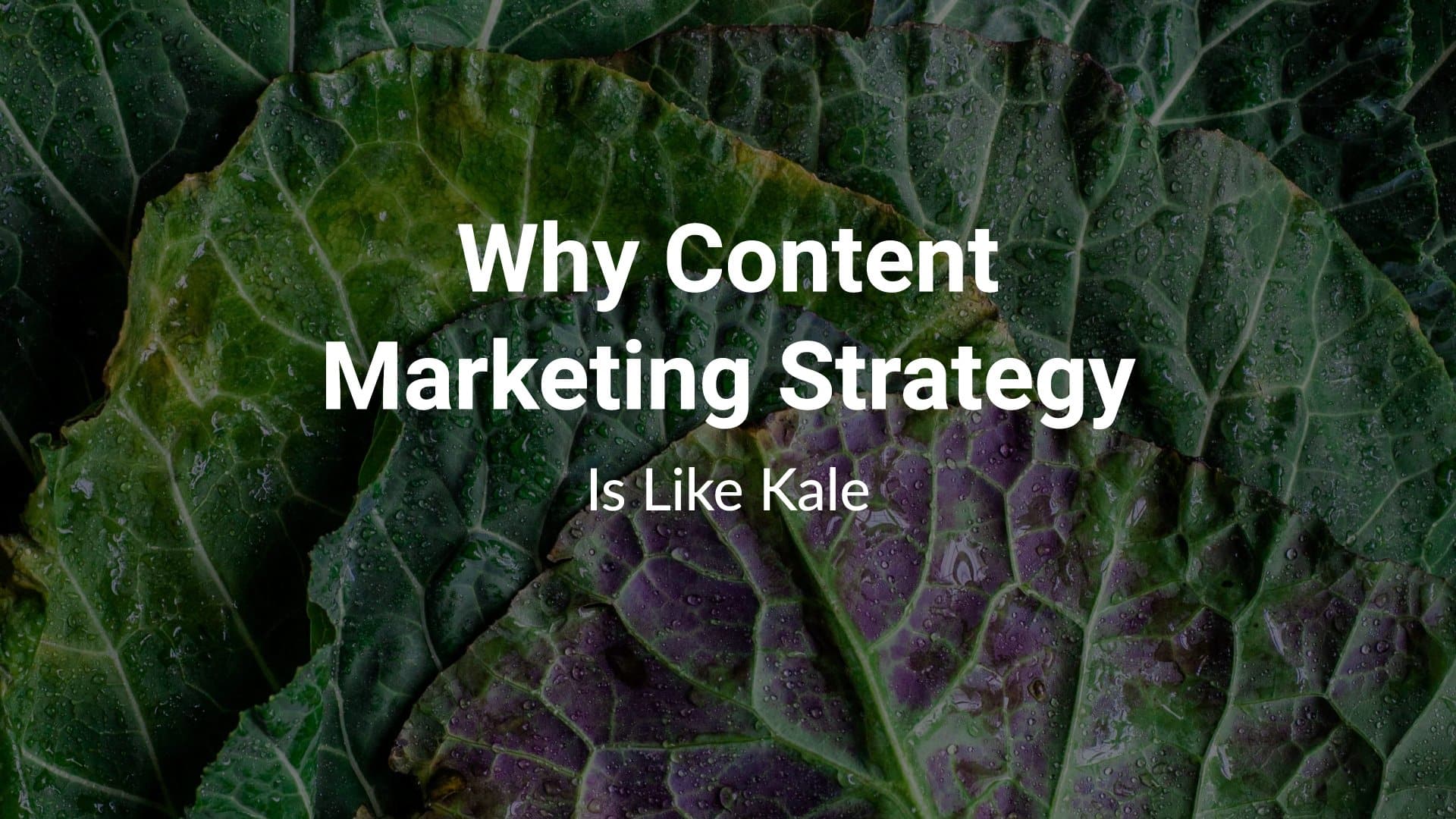For me, creating a content marketing strategy is like eating vegetables. I know it’s important — critical, even — but it’s not my favorite thing, and it’d be nice if I could cut straight to dessert.
The part of my job I like the most is the writing. For me, that’s where the rubber meets the road. That’s how I make an impact — it’s the ground-level implementation that builds the relationship between the company and the customer. The greatest content marketing strategy in the world won’t help the company if the writing is bad or misaligned with the strategy.
The longer I am at this work, however — the longer I help enterprise technology companies get better results from their content marketing programs — the more I see that the critical issues preventing marketing from working well aren’t always in the writing.
Often, those critical issues are in the content marketing strategy.
While I may not like coming up with plans as much as I like implementing them, without a strategy content doesn’t work. It just doesn’t. The e-book just floats out there in internet outer space. The blog post languishes in the company blog archives. The white paper is a meaty read, and it sure looks pretty — but no one is downloading it. Worse … customers consume these content assets and then go on their merry way over to the competitor who’s actively engaging and nurturing them.
Without a solid strategy, content leads the customer nowhere.
Without a solid strategy, your content becomes a wall — sometimes a very nice wall with beautiful ivy growing over it, but a wall nonetheless.
I recently conducted a research project looking into the content marketing practices of 300 software and IT companies. While 79% of all these companies have blogs, nearly 20% have no call to action (CTA) in any of their blog posts.
Let’s put this in perspective:
One out of every five of those companies is writing blog posts that give the reader nowhere to go.
There came a point in my business where I couldn’t ignore this anymore. I couldn’t stomach taking on content writing projects knowing the content would work better if the company’s marketing strategy was dialed in.
I had to eat my vegetables. And I had to start getting my clients to eat their vegetables, too. That meant I had to start taking the time to diagnose problems with my clients’ current content marketing strategy, and create a new strategy designed to maximize ROI and customer experience.
Content marketing strategy isn’t romantic. It’s not like a beautifully designed e-book you can flaunt. But revenue growth, retention and customer experience aren’t built on beautiful e-books — they’re built on a customer-centric marketing strategy. A strategy that takes into consideration:
- The target customer and the language they use
- Existing company resources
- Competitors — both obvious and abstract
This is the foundation of a healthy marketing program — one that delivers ROI to the company while delivering an excellent experience to the customers.
If your content marketing isn’t working as well as it should, sure you can hire a marketing consultant to do a diagnostic and improve the strategy — but if you’re not quite there yet, start by doing a health check. What’s the strategy behind the content you’re producing? Is it focused on your customers … or is it all about you? Is it using your resources efficiently, or are you asking your highly paid software developers to write blog posts when they should be fixing the latest bug? Does it stand out from what your competitors are doing, or are you serving up the same content and just slapping your company logo on it?
Maybe you’ll discover that your strategy is laser-focused, and you just need to pull in a better writer. But it’s better to feel confident that you’re asking a writer to work with an effective strategy before you start asking for portfolios.
